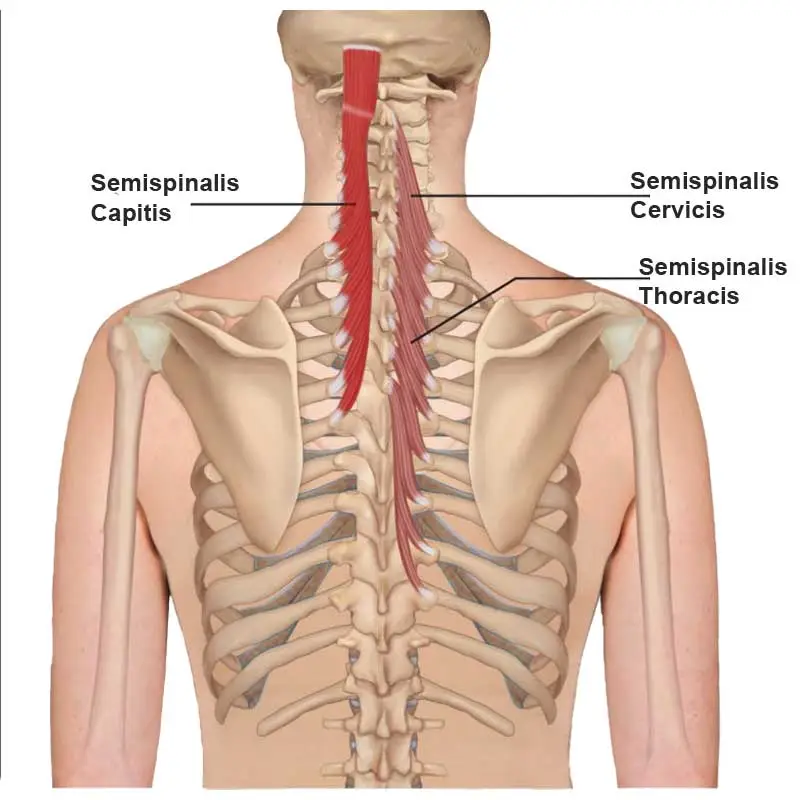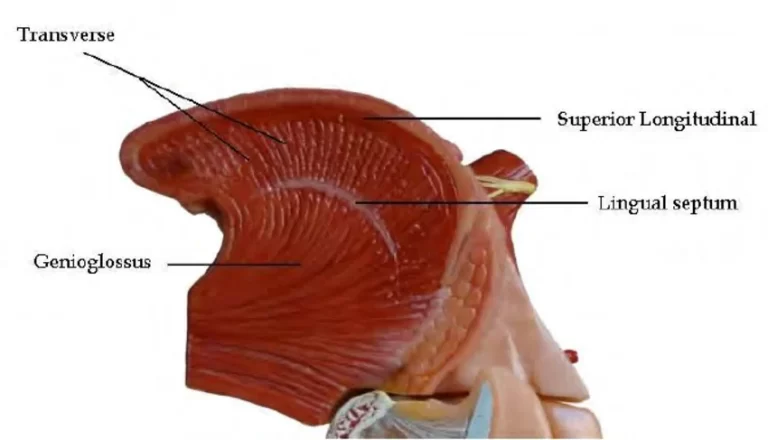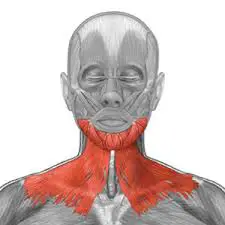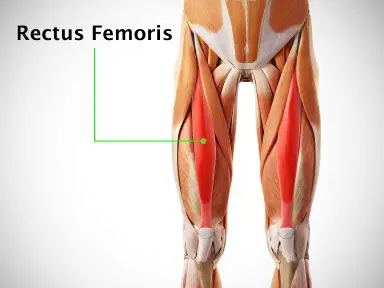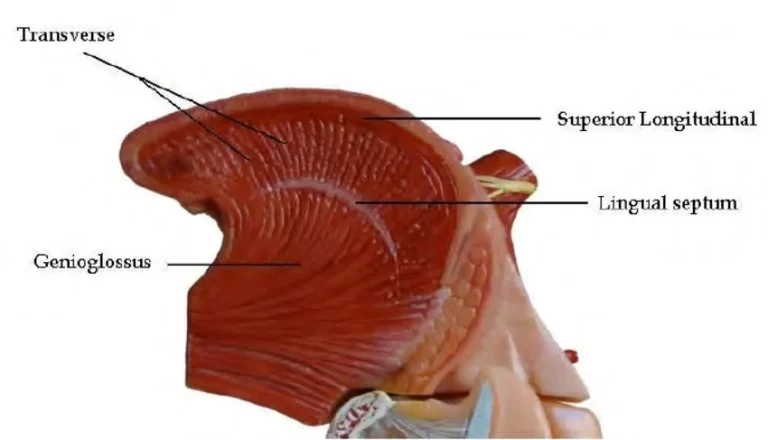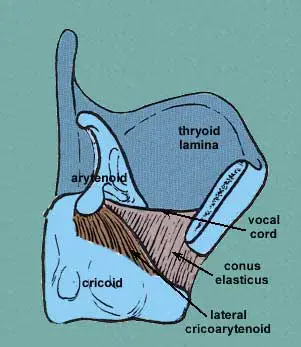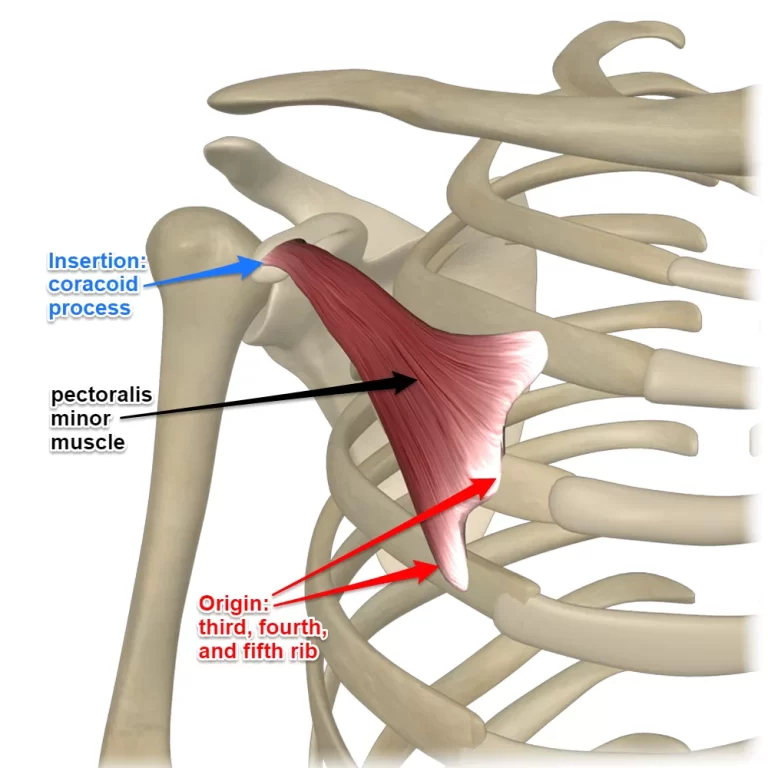Semispinalis Thoracis
Introduction
The semispinalis thoracis muscle contains thin, narrow, fleshy fasciculi, interposed between tendons of considerable length.
Semispinalis thoracis muscle consists of five fascicles bridging over five to six vertebral levels between the transverse and spinous processes of certain cervical vertebrae and thoracic vertebrae. With these attachments, semispinalis thoracis muscle aids several movements of the vertebral column; specifically extension, lateral flexion, and rotation of the thoracic spine. Acting together with semispinalis capitis and cervicis, it supports the same movements occurring at the head and neck.
Origin
The semispinalis thoracis muscle originates from the transverse processes of vertebrae T6 to T10
Insertion
The semispinalis thoracis muscle inserted on the Spinous processes of vertebrae C6 to T4
Nerve supply
The nerve supply of the semispinalis thoracis muscle is the Medial branches of posterior rami of spinal nerves
Blood supply
The blood supply of the semispinalis thoracis muscle is the Dorsal branches of posterior intercostal arteries
Action
Bilateral contraction – Extension of the head, cervical and thoracic spine
Unilateral contraction – Lateral flexion of head, cervical and thoracic spine (ipsilateral), rotation of head, cervical and thoracic spine (contralateral)
Clinical significance
If a patient is experiencing strong pains in the back that start from the base of the ribcage and extend downward to the buttocks, it may be related to the Semispinalis thoracis muscle. The pain is more significant at the base of the buttocks.
The semispinalis thoracis muscle Spasms
Muscle Spasm also known as muscle cramps, muscle spasms occur when a muscle contracts and can’t relax. Most spasms are short, lasting only for a few seconds. But you might have a sore or stiff neck afterward.
Exercise for the semispinalis thoracis muscle
Standing Extension
Standing up with good posture, extend your back by arching your spine backward. You can place your hands in the small of your back for support if you require it. Start gently, and keep the exercise without pain.
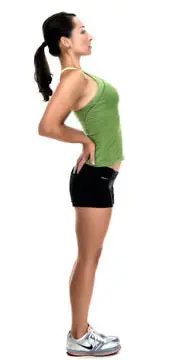
Prone Cobra
This workout is done lying face down on the ground and uses gravity as resistance in the reinforcing process.
Lying face down, put the forehead on a rolled-up hand towel for comfort.
Place the arms at the side, palms down on the ground.
Place your tongue on the roof of your mouth
Pinch the shoulder blades together and lift the hands off the ground.
Roll the elbows in, palms out, and thumbs upward.
Gently lift the forehead about an inch off the towel keeping the eyes looking straight at the ground
Hold the position for 10 seconds.
Perform 10 repetitions.


